iFi xDSD Review: Extra x
Noel Keywood checks out the xdsd portable headphone amplifier from iFi.
The little xDSD from iFi is a small but complex portable headphone amplifier, battery powered and purposed for the pocket. It’s able to work with all headphones via cable connection, but not Bluetooth.
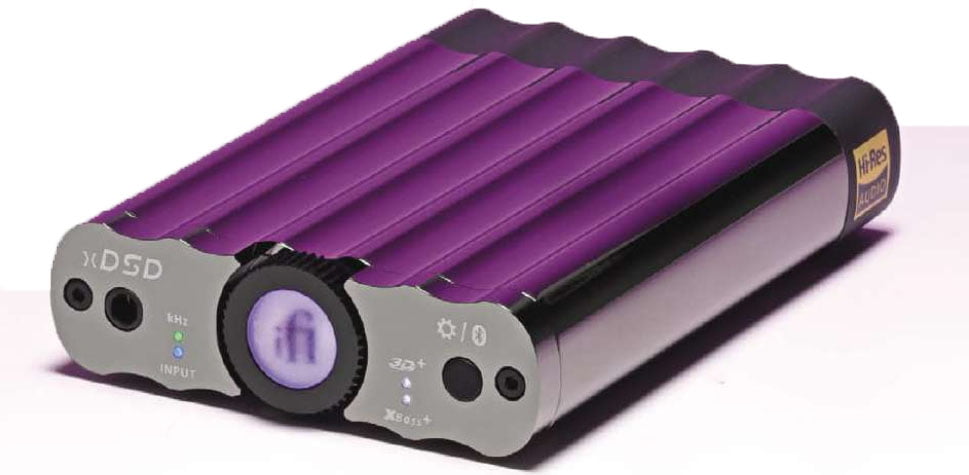
It can however accept Bluetooth wireless communication from sources such as a mobile ‘phone. And yes it accepts DSD via its USB input, hence the model name. That’s the outline.
Being pocketable the xDSD is small, measuring 67mm wide, 19mm high and 96mm deep. The case is hard plastic to facilitate Bluetooth (a metal case screens radio waves), but it has a shiny chrome finish and feels every bit as solid as metal. Weight was 138gm on our scales and this includes internal re-chargeable 2200mAh batteries that provide 6- 10 hours life between charges (low res MP3 etc draws less current than hi-res). A charger is not supplied, the assumption is everyone already has one (5V USB out) to charge their ‘phone. A short 150mm charge lead is also supplied and the rear micro- USB socket to which it connects is for charging only
Now to headphones, since this is a little complicated. iFi make much of the fully balanced topology of the player but I commonly use fully balanced Oppo PM I s when reviewing Digital Audio Player’s such as the FiiO M9 this month and don’t find the benefit very great; generalising, there’s a slightly cleaner outline to images and a tad more focus.
Where most Far Eastern players use the impractically small 2.5mm four-pole socket, iFi fit a 3.5mm four-pole socket that accepts a normal stereo three-pole plug correctly (which commons the earths) or four-pole for balanced phones – and this is rare. CPC Farnell stock many 4-pole 3.5mm plug variants including gold plated, as do Canford. You need to be dextrous and have good eyesight to solder these things (plus the right tools) so be aware of the realities of going balanced here; best to seek out proprietary cables.
Whether the xDSD is used conventionally with unbalanced ‘phones or with balanced ‘phones it is able to deliver massive output of 3.4V measurement showed – more than enough for all types, so iFi’s enthusiastic claims are all met. And Line output is an option (fixed volume, 2V) to feed a hi-fi.
The big central On button glows brightly when on, colour changing to indicate volume level, set by a concentric knurled wheel – very natty. This is an analogue control iFi say; it’s also well designed, not affecting frequency response with position, as some do.
Two tiny pinpoint LEDs at left of the volume control serve to show input sample rate and format (DSD, PCM, MQA) and input (S/PDIF, USB, Bluetooth). At right is an Option button that selects 3D+, Xbass+ (or both) for out-of-head stereo and bass boost respectively.
Unusually, iFi have fitted a rear 3.5mm jack socket to accept an S/PDIF digital input in either electrical or optical form, supplying an optical TOSLINK adaptor. To use the input electrically a 3.5m plug to phono socket adaptor is required, or suitable lead, neither of which is supplied. Optical worked up to 192kHz sample rate. This input suits old CD players with a digital output, the xDSD acting as an upgrade.
For use as a headphone DAC/ amplifier for a computer there’s a USB A male plug and two convertors to USB B (printer) socket cable, plus a USB extension lead – unusually comprehensive. Most people will use USB for computer connection and it’s the only way to get DSD in, using DoP protocol. To do this with Macs means buying Audirvana+ and with a PC the driver must be updated. iFi give instructions for using Audirvana on their website, and also provide (free) a PC driver update to send PCM higher than 96kHz sample rate, or DSD.
You can also transmit (stream) audio from a home computer or laptop via Bluetooth which allows online subscription music services to be sent to headphones (Spotify, Tidal, iTunes etc). The xDSD worked perfectly with my Mac, correctly identifying its output sample rate all the way up to 768kHz. It played PCM and DSD flawlessly and also worked perfectly with an iPhone.
SOUND QUALITY
Using the xDSD as a DAC linked to the computer (Mac running Sierra), connected via USB, it came across as neutrally clean and punchy. I found it immediately engaging with Jackie
“the iFi xDSD came across as neutrally clean and punchy.”
Leven’s Call Mother a Lonely Field (CD) where drum strikes were fast and resonated in convincing fashion. Not a soft or romantic presentation so much as brisk and surgically clean. Running through a wide range of tracks in my review library the xDSD was an exciting listen, if not with the subtle sense of depth that higher spec DAC chips can provide – and also a little low-

The rear carries a USB input, filter slide switch, micro-USB charger input (right) and S/PDIF digital 3.5mm jack socket input at left, optical and electrical.
end light. To ameliorate this however there is Xbass that added obvious heft to the sound due to its strong bass lift. Whilst Xbass+ had obvious effect, 3D+ did not: I could hear no difference with it in or out.
Connected to my iPhone through Bluetooth the xDSD again came over as clear and forthright with David Bowie’s Suffragette City (DSD converted to CD by an Onkyo hi-res player on the ‘phone). Used like this, quality is set by Bluetooth and aptX but it’s still good.
With DSD from Audirvana+ on Mac there was a huge step up, the soundstage broadening and gaining space, having a less forced and more fluid feel to musical flow. Bob Dylan’s When You Gonna Wake Up (DSD64) had a fulsome bass line and firm drum strikes within intro, plus a silky smooth rendition of his voice. Classical also benefited from the sense of space and scale, the Amsterdam Sinfonietta filling what seemed like a huge space around my head, strings lustrous and smooth in Dvorak’s Serenade For Strings (DSD64). The xDSD had a warm balance with DSD, whatever I played, but the huge scale and easy flow was magnificent. This was an altogether different sound.
CONCLUSION
The xDSD from iFi is a battery powered headphone amplifier with broad ability. Bluetooth input allows connection to a mobile phone, portable player or computer, providing they have Bluetooth
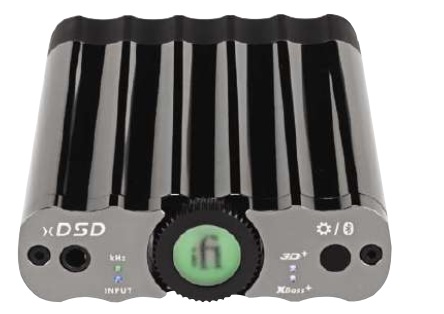
At centre lies an illuminated on/off button that changes colour with volume. Concentric is a knurled volume control. The tiny input LED (left, bottom) changes colour to indicate sample rate, or DSD.
output of course – most now do.
As a digital-to-analogue convertor (DAC) it’s good, if lacking the svelte depth of higher dynamic range units (e.g. FiiO Q5), but this only matters when used in a hi-fi, rather than on the move. Headphone compatibility is superb: it can cope with them all – even balanced ‘phones. And Xbass+ (but not 3D+) offers useful sonic enhancement appreciable on the move.
MEASURED PERFORMANCE
Frequency response of the iFi’s xDSD reached 46kHz (-1 dB) before rolling off slowly to the upper theoretical limit of 96kHz, our analysis shows, with a 24/192 PCM digital input, via both S/PDIF and USB. Switching between Measure and Listen filter made no difference; this has been disabled it

FREQUENCY RESPONSE
appears. With CD, frequency response reached 18kHz (-1 dB) the filter again having no effect. Xbass + introduced substantial bass lift, + 6dB at 40Hz – very obvious.
Distortion measured a low 0.06% (-60dB, 24bit) – good. EIAJ dynamic range came in at 111 dB (S/PDIF and USB), low by current standards where 117dB is being achieved. Burr Brown quote 113dB for their DSD1793 DAC chip in the xDSD and iFi echo this figure, but the player’s output amps likely contribute noise. With CD the EIAJ dynamic range value was 101 dB and distortion 0.22% – both as expected from 16bit and good in themselves.
Output measured a high 3.4V, more than enough for all headphones. This falls to 3V when charging due to charge management but distortion and dynamic range are unaffected.
The xDSD measured well in all areas but its dynamic range is limited and behind rivals.
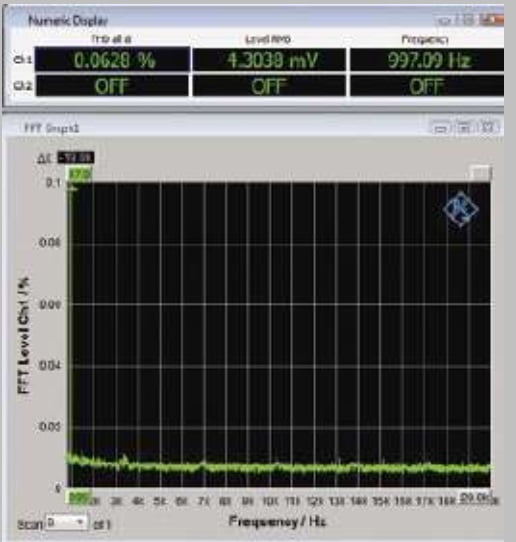
Distortion
Frequency response 10Hz- 46kHz Distortion (24bit, -60dB) 0.06%
Separation 102dB
Dynamic range 111 dB
Noise -103dB
Headphone output 3.4V
Line output 2V
iFi xDSD DAC
OUTSTANDING – amongst the best
VERDICT
When you purchase through links on our site, I may earn an affiliate commission. Here’s how it works.
Select Audio
+ 44 (0)1900 601954






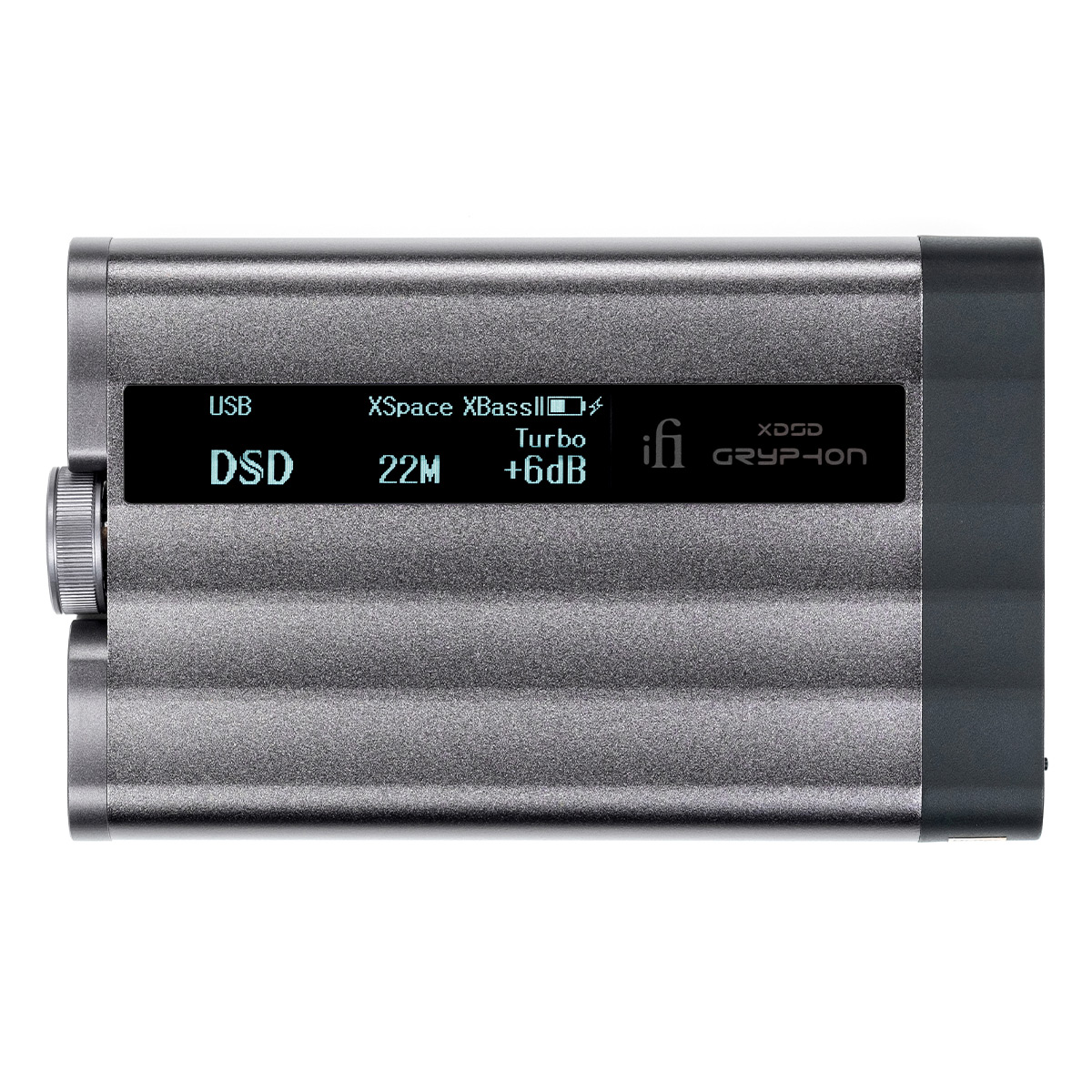

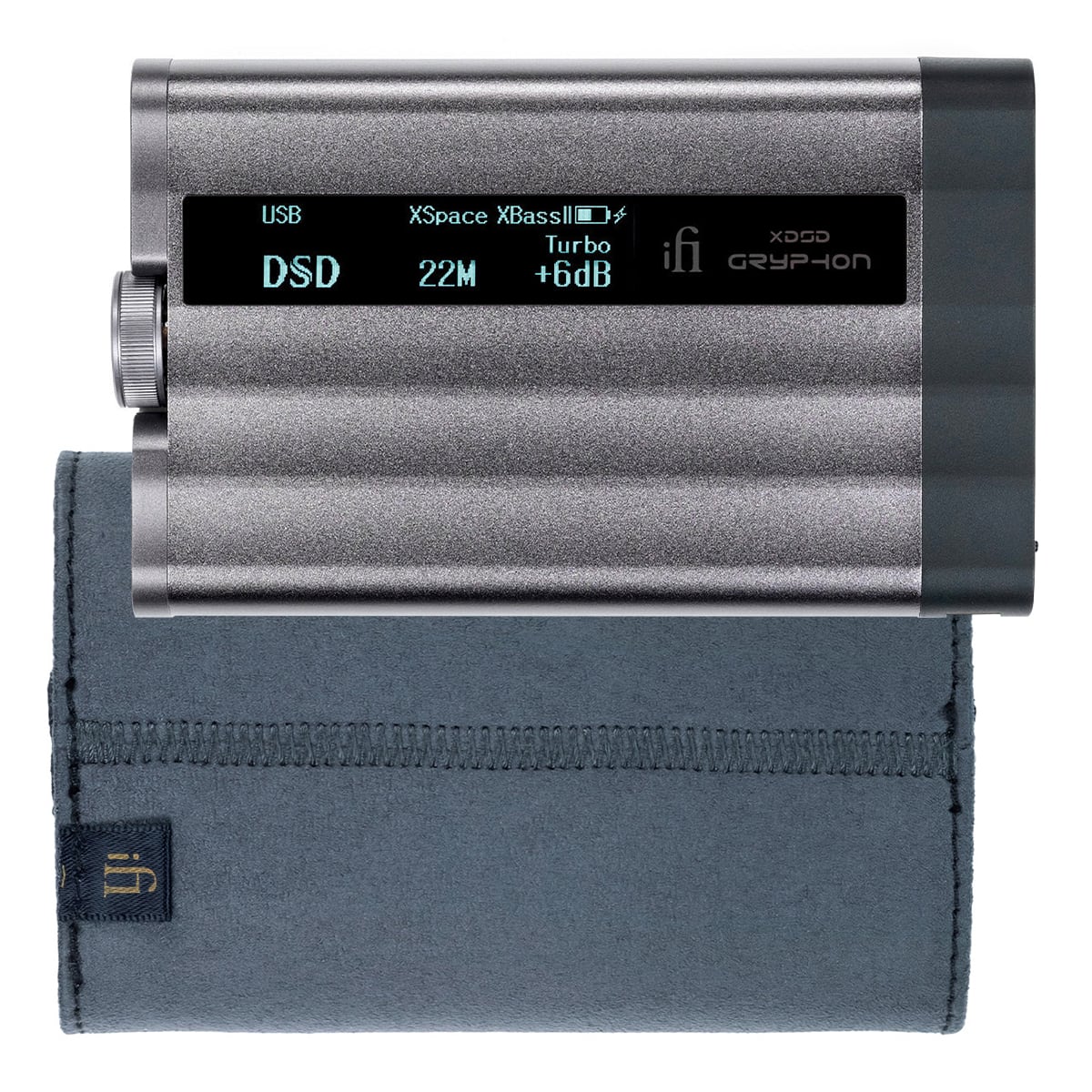




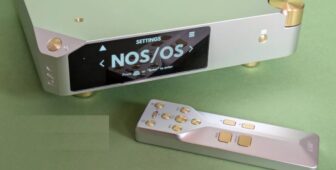


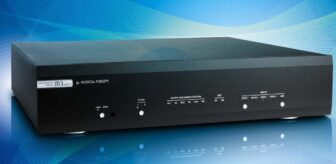
Nope … the verdict is misleading … “Ithe xDSD supports AptX and Bluetooth connectivity both as source and as target so you can attach your cellphone to stream tidal or spotify and attach your Bluetooth headphones so you can listen completely wirelessly. The downside to this arrangement is that battery life on the xDSD gets commensurately shorter with each Bluetooth connection. With both the HTC m9 attached as the source and a set of Mixcder MS301 over-ear Bluetooth headphones attached as the target, battery life on the xDSD was decreased to roughly 5 hours before needing a charge. “
thank you so much.